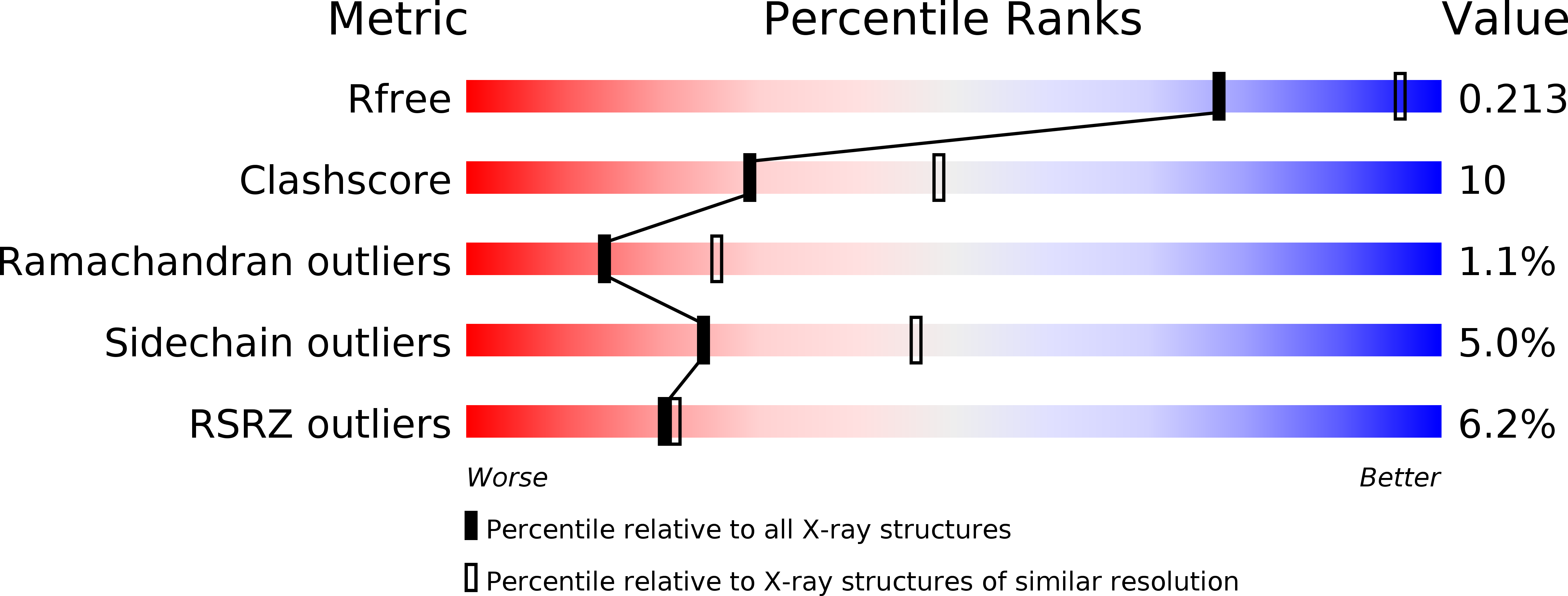
Deposition Date
2010-08-31
Release Date
2011-10-19
Last Version Date
2023-09-13
Entry Detail
PDB ID:
3OOJ
Keywords:
Title:
C1A mutant of E. coli GlmS in complex with glucose-6P and glutamate
Biological Source:
Source Organism:
Escherichia coli (Taxon ID: 562)
Host Organism:
Method Details:
Experimental Method:
Resolution:
2.50 Å
R-Value Free:
0.22
R-Value Work:
0.17
R-Value Observed:
0.18
Space Group:
H 3 2


